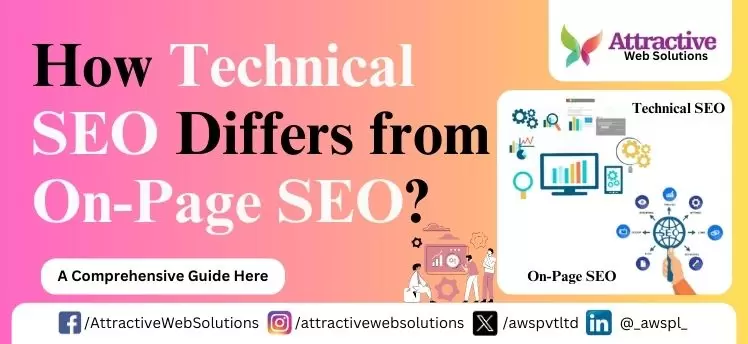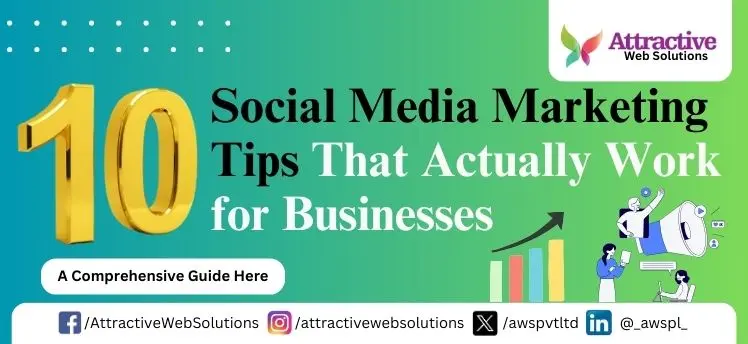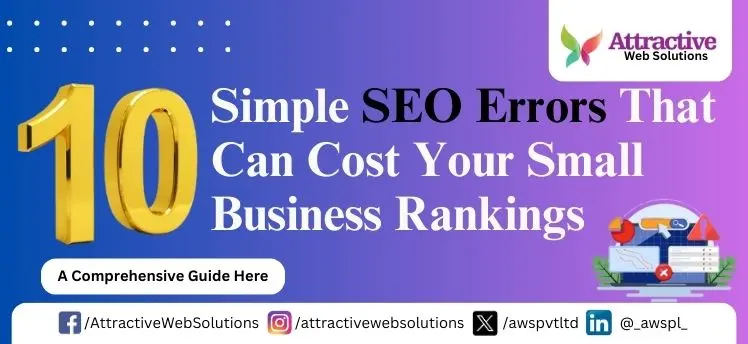In today’s digital landscape, influencer marketing is essential for brand visibility and engagement. However, one of the biggest decisions brands face is choosing between micro-influencers and macro-influencers. Each type brings unique advantages, depending on your brand’s goals, target audience, and budget. As a trusted digital marketing expert, Attractive Web Solutions dives into the details of micro- and macro-influencers to help you make the best decision for your business.
What Are Micro-Influencers and Macro-Influencers?
Before we discuss which influencer type may be right for your brand, let’s define these two categories.
Micro-Influencers: These influencers typically have between 1,000 and 100,000 followers on their social platforms. Micro-influencers are known for their strong connection with a specific, often niche, audience. Their followers are usually highly engaged and trust their recommendations. Common niches include fitness, lifestyle, beauty, and gaming.
Macro-Influencers: Macro-influencers have a larger following, generally between 100,000 and 1 million followers. They have a wider reach and typically cover broad topics, making them popular among a variety of brands. Macro-influencers have a substantial online presence, making them ideal for increasing brand awareness quickly.
Benefits of Micro-Influencers for Your Brand
Micro-influencers have gained traction in recent years, with many brands preferring them for their ability to deliver high engagement and niche targeting. Here’s why micro-influencers might be right for you:
1. Higher Engagement Rates
- Micro-influencers often have higher engagement rates than macro-influencers. Their smaller, loyal follower base trusts them, which means their posts receive more genuine interactions like likes, comments, and shares.
2. Cost-Effective Campaigns
- Micro-influencers are generally more affordable than macro-influencers, making them ideal for brands with smaller marketing budgets. This allows you to work with multiple micro-influencers simultaneously, expanding reach across different audience segments without overspending.
3. Niche Targeting
- Micro-influencers often operate within specific niches, allowing your brand to target a highly relevant audience. For example, if you’re promoting a fitness app, a micro-influencer in the fitness niche will likely deliver more qualified leads than a general lifestyle macro-influencer.
4. Authenticity and Trust
- Audiences often perceive micro-influencers as more authentic, as they engage closely with their followers. Because of this, they tend to have stronger relationships with their audience, fostering higher trust levels. Partnering with micro-influencers can enhance your brand’s credibility.
Benefits of Macro-Influencers for Your Brand
On the other hand, macro-influencers can offer substantial benefits when your brand aims for widespread exposure and quick impact. Here’s what they bring to the table:
1. Broad Reach and Visibility
- Macro-influencers have a large following that allows your brand message to reach a broad audience. This makes them a great choice if you’re looking to increase brand visibility quickly or introduce a new product on a larger scale.
2. Enhanced Brand Credibility
- Macro-influencers are often seen as celebrities or experts within their field, giving your brand an added level of authority. Their endorsements can lend credibility and elevate brand perception, especially if you’re targeting a premium or luxury market.
3. Professional Content Creation
- With their experience in the digital space, macro-influencers generally have higher production standards for their content. Their posts, videos, and stories often feature high-quality visuals and professional editing, which can enhance your brand’s aesthetic appeal.
4. Effective for Multi-Platform Campaigns
- Macro-influencers often have a presence across multiple platforms, such as Instagram, YouTube, and Share chat. This allows your brand to implement multi-channel campaigns with consistent messaging, maximizing the chances of reaching a diverse audience.
Micro-Influencers vs. Macro-Influencers: Which is Best for Your Brand?
To choose between micro- and macro-influencers, consider the following factors:
Budget
- If you have a limited budget, micro-influencers may be the better option, as they offer more affordable partnerships and deliver high engagement rates. For brands with more significant budgets, macro-influencers can provide widespread reach.
Campaign Goals
- Define your campaign objectives. If your primary goal is to increase brand awareness across a large audience, macro-influencers are the ideal choice. However, if you’re focused on driving sales, engaging with a niche audience, or building credibility, micro-influencers are more effective.
Target Audience
- Understand your audience and where they are most active. Micro-influencers are ideal if you’re targeting a specific demographic or interest group. Macro-influencers are more suitable when your brand appeals to a broad audience.
Timeline
- If you’re aiming for rapid brand exposure, macro-influencers’ larger reach can yield quicker results. For campaigns that can benefit from ongoing engagement and community building, micro-influencers offer more consistent interactions.
How to Successfully Integrate Micro- and Macro-Influencers into Your Marketing Strategy
1. Leverage Both Influencer Types for a Balanced Approach
- Consider combining both micro- and macro-influencers in your campaigns for a balanced reach. Start with macro-influencers for broad awareness, followed by micro-influencers to target specific audience segments and encourage conversions.
2. Use Data to Measure Success
- Track performance metrics like engagement rate, reach, click-through rate, and conversions to understand the ROI of each influencer type. Platforms like Google Analytics and influencer marketing tools can provide insights to help refine your strategy.
3. Create Clear Campaign Guidelines
- Clearly outline your campaign goals, brand voice, and expectations to influencers. This ensures consistency in messaging, whether working with a micro-influencer or a macro-influencer, and helps maintain your brand’s integrity.
4. Focus on Long-Term Relationships
- Building long-term relationships with influencers can improve authenticity and audience trust over time. Repeated exposure from both micro- and macro-influencers increases your brand’s familiarity and credibility.
Conclusion: Which Influencer Type Should You Choose?
Both micro-influencers and macro-influencers offer unique advantages. Micro-influencers excel in engagement, niche targeting, and budget-friendliness, making them perfect for brands focused on building a loyal customer base. Macro-influencers, however, are ideal for large-scale awareness campaigns, delivering broad reach and higher-quality content that elevates brand status.
Ultimately, the choice depends on your brand’s goals, audience, and budget. In some cases, a hybrid approach can yield the best results, allowing you to capitalize on the strengths of both influencer types.
For more expert insights and customized influencer marketing strategies, connect with Attractive Web Solutions—your trusted partner in digital marketing excellence. Let us help you find the right influencers to elevate your brand!









0 Comments